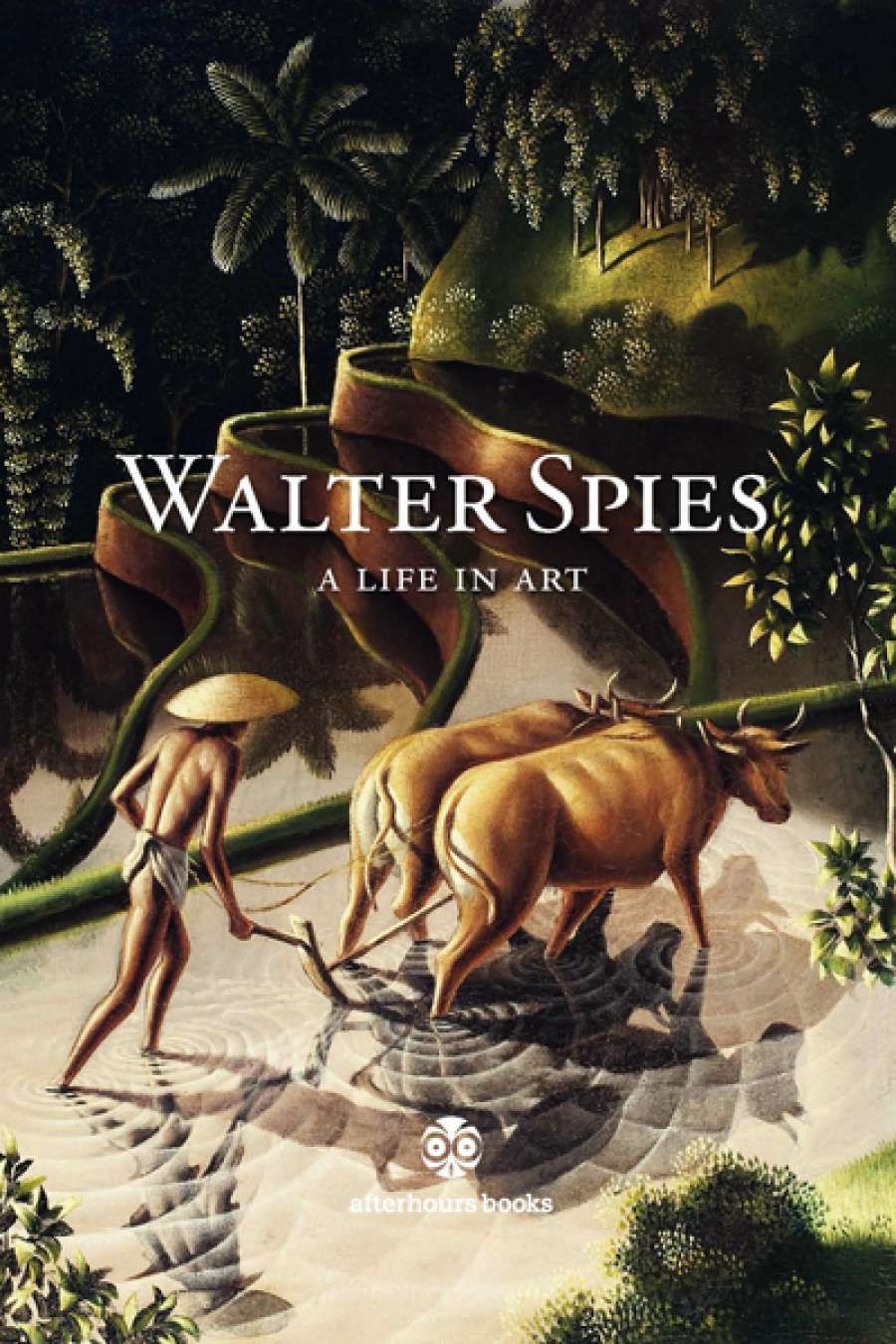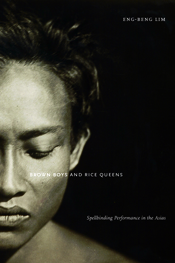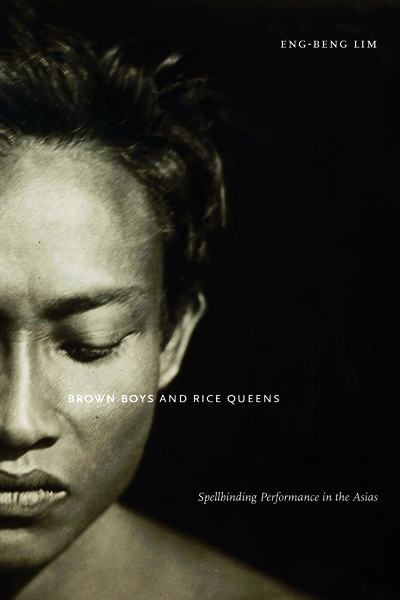
- Free Article: No
- Contents Category: Art
- Review Article: Yes
- Online Only: No
- Custom Highlight Text:
‘Spellbinding’ is an apt word to sum up the effects created by Russian-born German artist Walter Spies in his phantasmagoric, darkly glowing landscapes and figure paintings, particularly those that he fashioned when living in Java and Bali between 1923 and 1941. Tropical luxuriance has other superlative renderers in art – Gauguin, ‘Le Douanier’ Rousseau, Donald Friend – but none of their works has the eerie, mesmeric intensity of Spies’s. He deserves a full retrospective exhibition at that temple of early twentieth-century German art, the Neue Galerie, in New York (the last show of his work was in Holland back in 1980), but for the moment we can feast our eyes on the sumptuous illustrations in John Stowell’s biographical study of the artist – the first study in English of such substance, and a long-evolving project by an Australian scholar based at the University of Newcastle.
- Book 1 Title: Walter Spies
- Book 1 Subtitle: A life in art
- Book 1 Biblio: Afterhours Books, US$269 hb, 328 pp
- Book 2 Title: Brown Boys and Rice Queens
- Book 2 Subtitle: Spellbinding performance in the Asias
- Book 2 Biblio: New York University Press, $36.95 pb, 233 pp
- Book 2 Cover Small (400 x 600):

- Book 2 Cover (800 x 1200):

- Book 2 Cover Path (no longer required): /images/October_2014/rice%20boys%20large.jpg
Painting was only one of Spies’s creative activities, and Stowell, as a biographer, duly records his subject’s involvements as practitioner or collector or patron or teacher or critic – sometimes all of these together – in the fields of music, dance, photography, film, and architecture, and also as an authority on Indonesian folk arts and antiquities, archaeology, and natural history (especially the marine life of Bali’s coastal reefs). When you add to this Spies’s ready conviviality – extended to the indigenous locals in the Ubud area as well as to an endless procession of celebrity guests from America and Europe – you can understand why Noël Coward, a visitor in 1935, gently alerted his host in a poetic thank-you note to the risks of spreading himself and his talents a little too thin.
There were graver risks, only dimly perceived by Coward or by Spies, himself, perhaps, if relations with the Balinese went beyond just fraternising with them and helping to foster their artistic enterprises. At once ‘gay and sweet’ and ‘most effete’, as Coward insouciantly characterised them, the locals may have been all too accommodating to the sexual peccadilloes of certain white Westerners, but there were other white Westerners, representatives of the Dutch colonial authorities in interwar Indonesia, who were determined to make an example of anyone suspected of such activities, especially where these involved relations with boys. In a spate of arrests towards the end of 1938, Spies was charged on eight counts of having sex with a minor and, though acquitted of four of them in the subsequent trial, went to jail for eight months.
Stowell quotes Coward’s cautionary verses but, except to remark that they were ‘shrewd’, he does not enter into further comment or argument on the matter. Throughout the text he keeps more to the role of chronicler and reporter than of judge or counsel (whether for the prosecution or the defence). He retains this reserve when dealing with Spies’s court case. While the professor in Asian Law who writes the foreword to the book asserts that Spies was ‘imprisoned on rather dubious evidence’, Stowell himself doesn’t presume to raise the question of the truth or otherwise of the charges against his subject; whatever evidence there might have been would no longer be available to test independently, so his account of the trial sensibly sticks to what the documentary record yields. (He could have afforded, however, to provide us with a little more detail of this.)
 Walter Spies in Bali (1930–40)
Walter Spies in Bali (1930–40)
Even in addressing Spies’s art, Stowell eschews judgement or criticism, whether positive or negative; his concerns are with sources and influences, themes and styles, genres, media, and techniques. I have talked of the spellbinding qualities of those paintings he reproduces, but that’s not the kind of epithet he employs. In contrast, Singapore-born academic Eng-Beng Lim highlights this word in the subtitle of his book, which makes of Spies a major case study in the ‘homoerotics of orientalism’ and in the relationships between white, Western patriarchs of his stripe and Asian youth. (The other case studies in Lim’s book focus on the rise of ‘the global Asian queer boys’ in modern Singapore and the figure of the ‘gay Asian Princess’ in some recent American drama).
Though published just a few months ago, Lim’s work shows no awareness of Stowell’s biography, which came out in 2011, and it barely mentions Spies’s paintings, focusing all of its attention on the Balinese dance form, the Kecak, which Spies helped refine and popularise if not devise from scratch. It is this facet of Spies’s art that qualifies for the label ‘Spellbinding Performance’, but the label here is more a form of critical censure than of ecstatic praise or wonder. While acknowledging his own bedazzlement by this ‘tropic spell’ when seeing it re-enacted, he has set himself upon a mission to dispel its seductive powers by revealing their source in Spies’s pederastic fantasies, which he suggests have been covered up by an overprotective band of friends, family, and fans, all ‘in denial’ apparently.
As Lim envisions this dance form in words – ‘Within the communal, concentric circles, bare-chested young men enact variations of sensuous bodily movements, from subtle rhythmic throbs to sudden jostling strokes’ – you begin to see that he may have a point, one that has been missed or elided even by recent scholars such as Stowell, who (like his predecessors) concentrate entirely on the ritualistic origins and distinctive ‘aesthetic forms’ of the Kecak. But Lim blunts his point, or diminishes its effectiveness with readers, through over-insistence and the invocation of conspiracy theories about the tyranny of ‘heteronormative strongholds guarding a “proper” point of view’. If it is still true, for instance, that the Spies estate ‘has stipulated that homosexuality be excised from his biography’, how can Lim explain the appearance of Stowell’s almost clinically candid and matter-of-fact monitoring of Spies’s amours, wherever the evidence for them survives? The trouble is that Lim is in ignorance of Stowell’s work, not to mention other, earlier biographical accounts, such as the brilliantly succinct pen-portrait of Spies in Robert Aldrich’s classic, Colonialism and Homosexuality (reviewed by me in ABR, June–July 2003).
 Balinese Kecak, 2007
Balinese Kecak, 2007
Lim also obscures his point – and this applies to much of the rest of his book as well – by his breathless, theory-ridden prose. His lexicon is still replete with all those tics and tricks of ‘postmodern discourse’ that, as he acknowledges himself, were at their ‘height … in the late 1980s and early 1990s’: adjectives such as ‘problematic’ and ‘imaginary’ turned into nouns, and nouns like ‘foreground’ turned into verbs, with lashings of ‘contested sites’, ‘epistemes’, ‘modalities’, and ‘tropes’. These once arresting usages and locutions now seem like lazy clichés, especially in such unrelentingly concentrated form, and the associated puns and language games can become thought-numbing rather than thought-provoking. It grew to be tedious trying to work out whether by ‘tropic spells’ he really – or also – meant ‘trope-ic’ spells. This is to be more ludic than lucid, and the effect is often plain ludicrous.
To lend authority to his intuitions about Spies, and about any of his other subjects, Lim is far fonder of invoking the great pomo and poco gurus of literary and political theory than he is of consulting any historian who has actually conducted on-the-ground research in these fields. So there are constant deferential nods to Bourdieu or Bhabha, Spivac or Žižek, Foucault or Said, but no mention at all (not even in the footnotes) of works such as Aldrich’s or the even more extensive and groundbreaking studies on the relations of empire and sexuality by Ronald Hyam. Stowell does not appear to have consulted these works either, yet at least he has done his own historical homework in what contemporary records are available. And he writes sober, spare, graceful, untendentious prose that is not only easy to read but also opens the subject up for readers to draw their own conclusions rather than being told what or how to think. Too uncool for Eng-Beng Lim’s school – but I know which of these books I’d rather go to bed with.


Comments powered by CComment